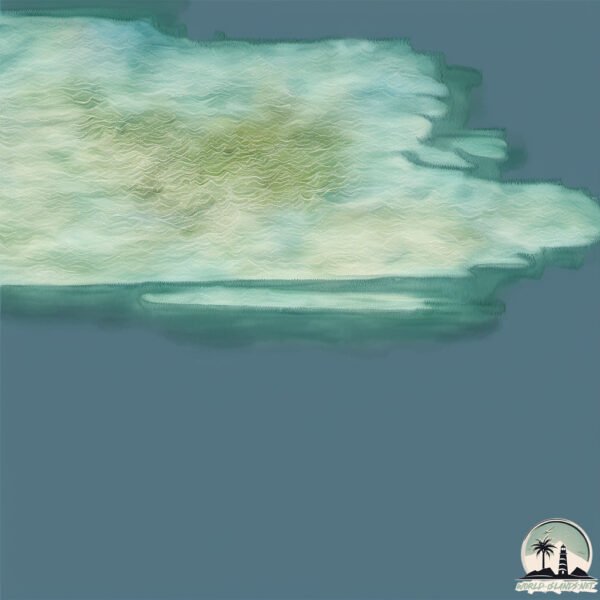Welcome to Foreman , a Polar island in the Hudson Strait, part of the majestic Arctic Ocean. This guide offers a comprehensive overview of what makes Foreman unique – from its geography and climate to its population, infrastructure, and beyond. Dive into the details:
Geography and size of Foreman
Size: 1.666 km²Coastline: 14.4 kmOcean: Arctic OceanSea: Hudson StraitContinent: North America
Foreman is a Small Island spanning 1.7 km² with a coastline of 14.4 km.
Archipel: –
Tectonic Plate: North America – Covers North America and parts of the Atlantic and Arctic Oceans, characterized by diverse geological features and varying levels of seismic activity.
The geographic heart of the island is pinpointed at these coordinates:
Climate and weather of Foreman
Climate Zone: PolarClimate Details: TundraTemperature: Cold
Climate Characteristics: The tundra climate features long, extremely cold winters and short, cool summers. Vegetation is limited to mosses, lichens, and small shrubs due to the low temperatures and short growing seasons. Biodiversity is low, but some specialized species thrive.
Topography and nature of Foreman
Timezone: UTC-05:00Timezone places: America/New_YorkMax. Elevation: -24 m Mean Elevation: -27 mVegetation: Herbaceous CoverTree Coverage: 16%
The mean elevation is -27 m. Remarkably, this unique island barely emerges above the sea level, showcasing nature’s fascinating interplay with the ocean. The island is characterized by Plains: Flat, low-lying lands characterized by a maximum elevation of up to 200 meters. On islands, plains are typically coastal lowlands or central flat areas.
Dominating Vegetation: Herbaceous Cover
Vegetation: 2 vegetation zones – Low Diversity Island
Infrastructure and Travelling to Foreman
Does the island have a public airport? no .
Does the island have a major port? no .
The mean population of Foreman is 0 per km². Foreman is Uninhabited. The island belongs to Canada .
Continuing your journey, Charles Island is the next notable island, situated merely km away.
How To Find The Foreman's Key in Dead Island 2
DeadIsland2 #Tutorial How To Find The Foreman's Key in Dead Island 2 Memberships are a great way to directly support the ...
How To Find The Foreman's Key in Dead Island 2
DeadIsland2 #Tutorial How To Find The Foreman's Key in Dead Island 2 ...
DeadIsland2 #Tutorial How To Find The Foreman's Key in Dead Island 2 Memberships are a great way to directly support the ...
Foreman's Key Location Dead Island 2
Foreman's Key Location Dead Island 2. How to get Foreman's Key in Dead ...
Foreman's Key Location Dead Island 2. How to get Foreman's Key in Dead Island 2. You can find Dead Island 2 Foreman's Key ...
Dead Island 2 - NG+ Construction Team's Safe/Site Foreman
Amy needs the key to a safe in Beverley Hills, but the Site Foreman ...
Amy needs the key to a safe in Beverley Hills, but the Site Foreman doesn't appreciate having his coffee break interrupted.
Canada is classified as Developed region: G7: Group of Seven – Major advanced economies, including Canada, France, Germany, Italy, Japan, the United Kingdom, and the United States. The level of income is High income: OECD.
News – Latest Updates and Headlines from Foreman
Stay informed with the most recent news and important headlines from Foreman. Here’s a roundup of the latest developments.
Loading...
Please note: The data used here has been primarily extracted from satellite readings. Deviations from exact values may occur, particularly regarding the height of elevations and population density. Land area and coastline measurements refer to average values at mean high tide.

